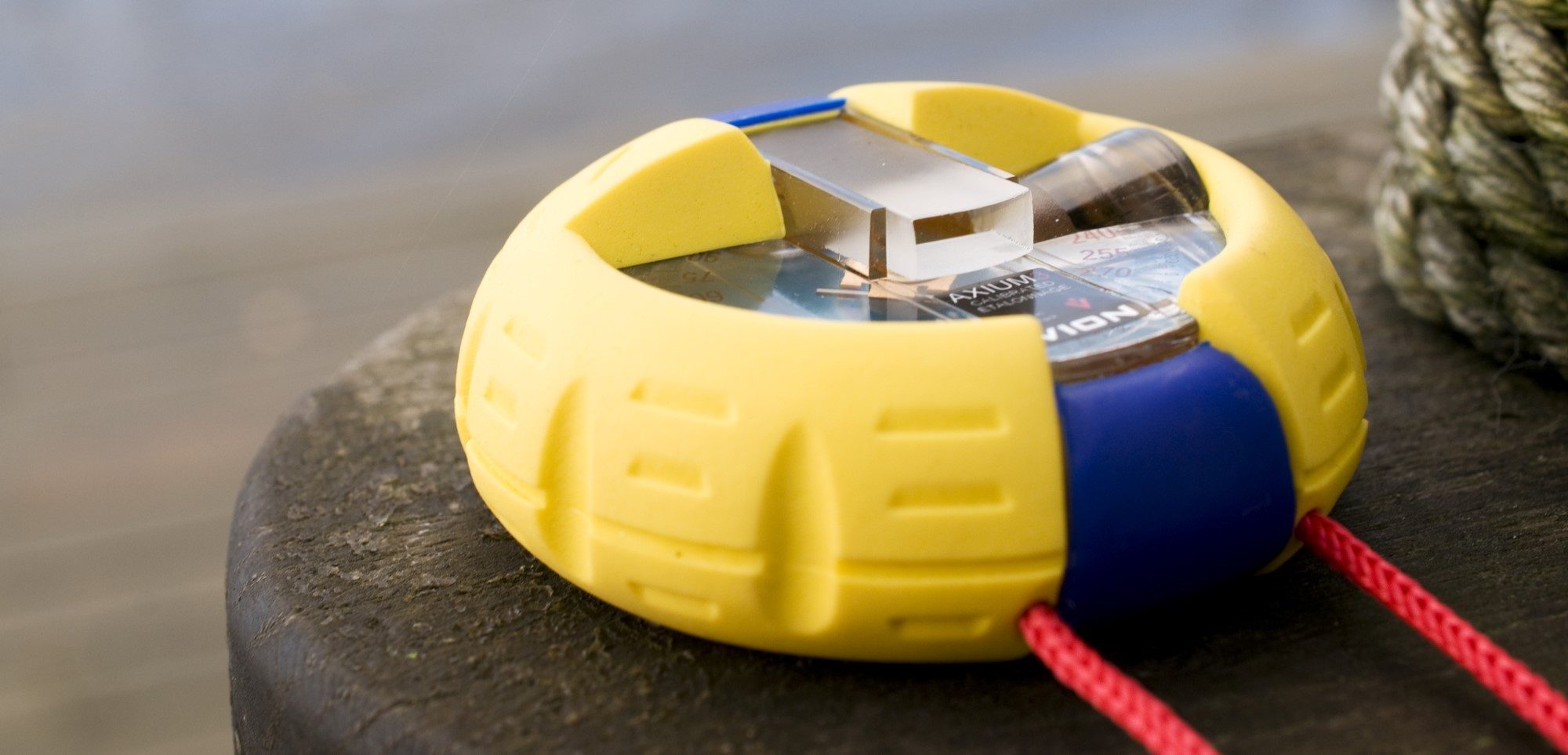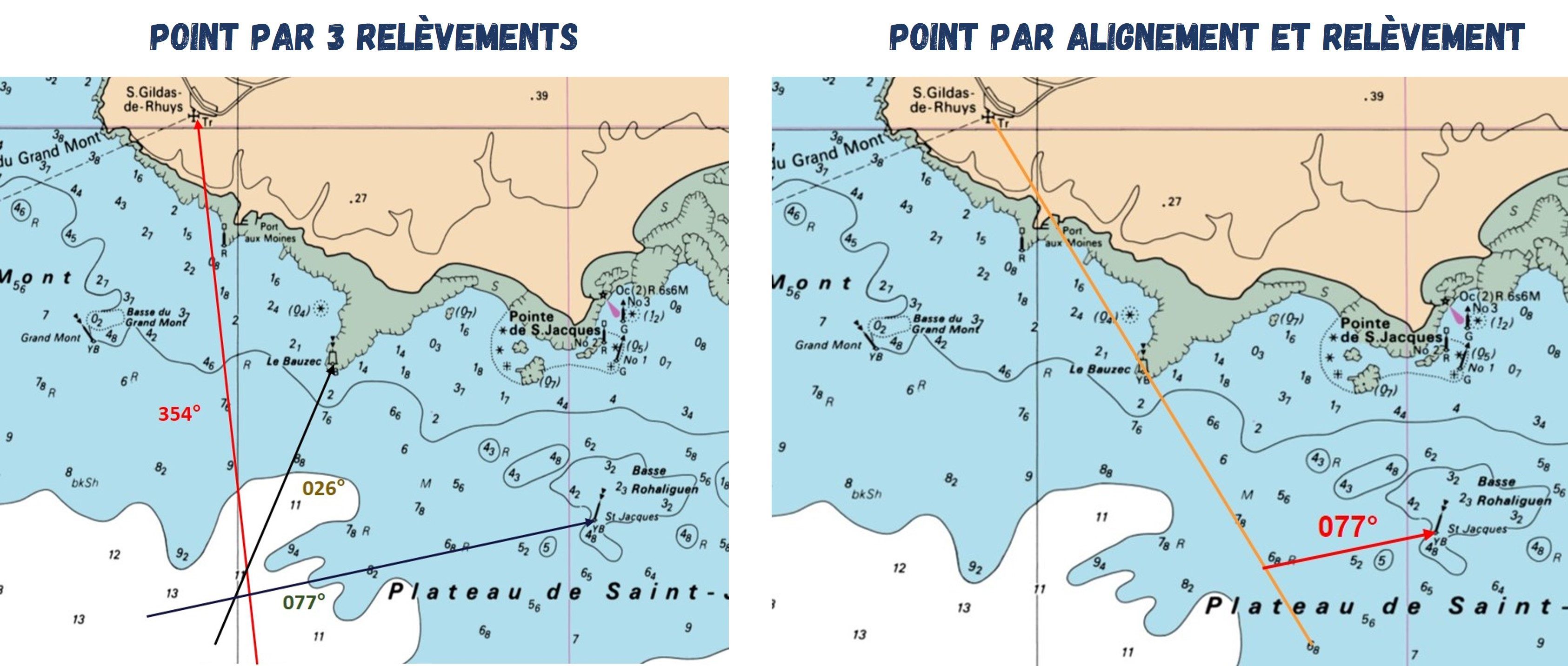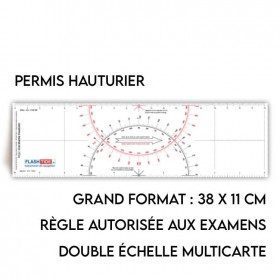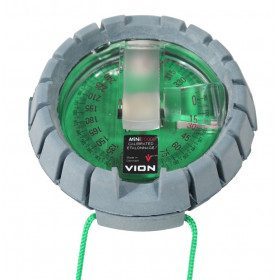How to make a point with a bearing compass?

THE BEARING COMPASS
In pleasure boating, it is a portable compass that allows you to aim and "take" the magnetic direction of a remarkable point located on the coast or at sea (lighthouse, beacon, bell tower, water tower, antenna, ...). We call this remarkable point a "bitter".
At Picksea, we highly recommend the VION brand of bearing compasses. They are indeed much more accurate than other brands and even beginners will get very good results with these compasses.
Recommendations for using a bearing compass: beware of magnetic disturbances that can distort measurements (metal glasses, cell phones, proximity to the engine or a VHF antenna, etc.) and if the sea is rough, set the compass at the point on the boat that moves the least (for a sailboat, for example, this is often the mast step).


THE DIFFERENT METHODS OF TAKING A BEARING
Point by Three Bearings
Measure the bearings of three prominent landmarks that have been marked on the chart and identified on the landscape. With the navigation ruler, we then plot these three bearings on the chart.
Why are three bearings necessary? Logic would dictate that two bearings would be sufficient, but at sea there is always the possibility of a measurement error. It is therefore wise to "make sure" by taking a third bearing.
The point by bearing and alignment
In this situation, being on an alignment of two identifiable landmarks on the chart, it is sufficient to take only one bearing to determine its position.

To learn more, Picksea invites you to discover our Youtube channel, PickseaVideo.
Linked products








 By Marie de Picksea
By Marie de Picksea
